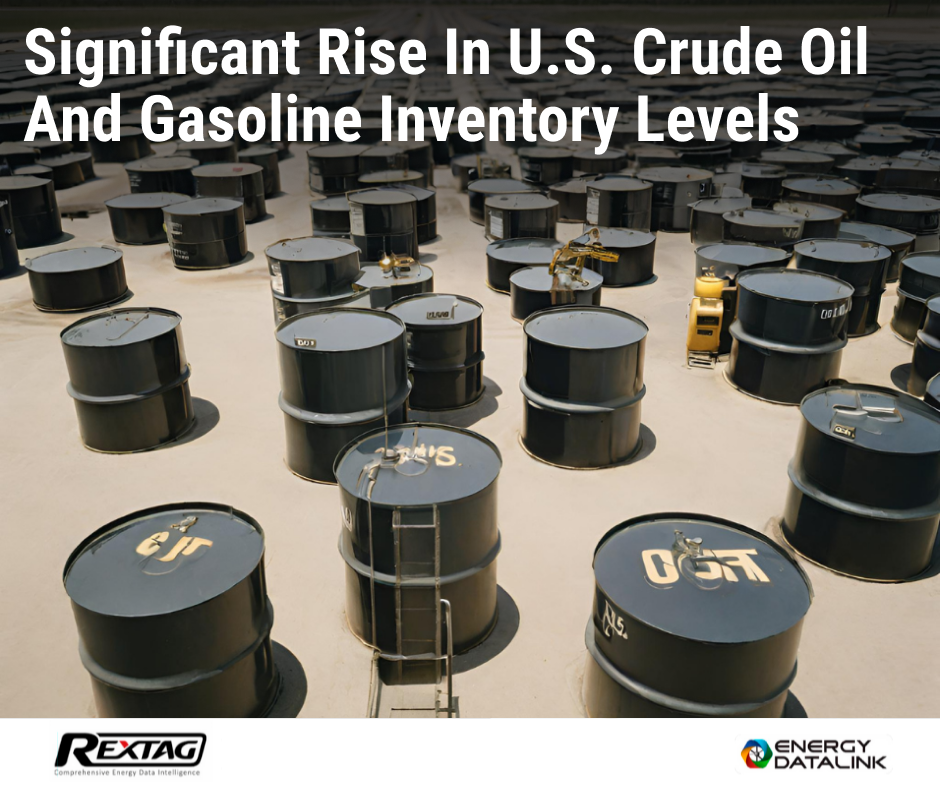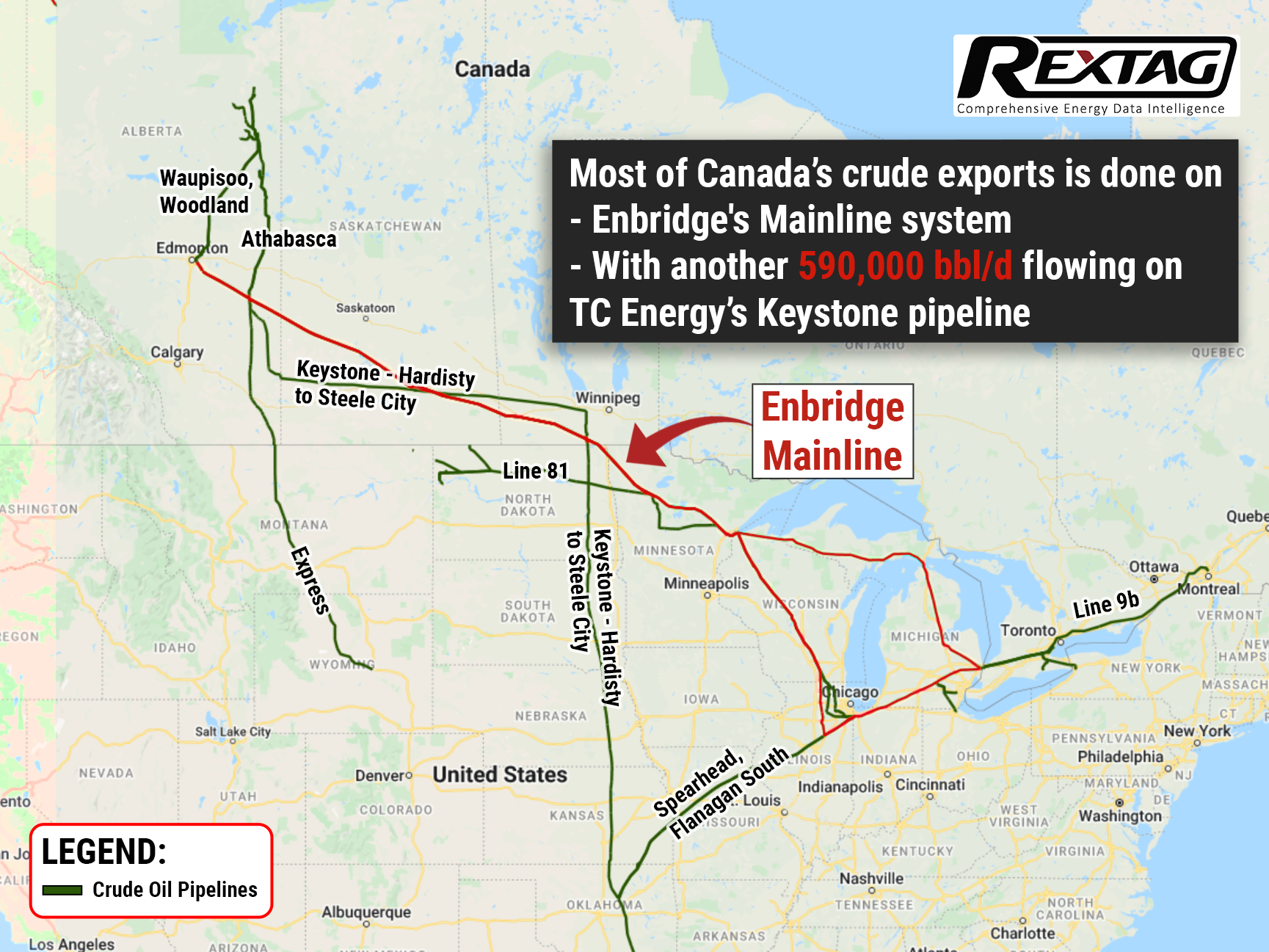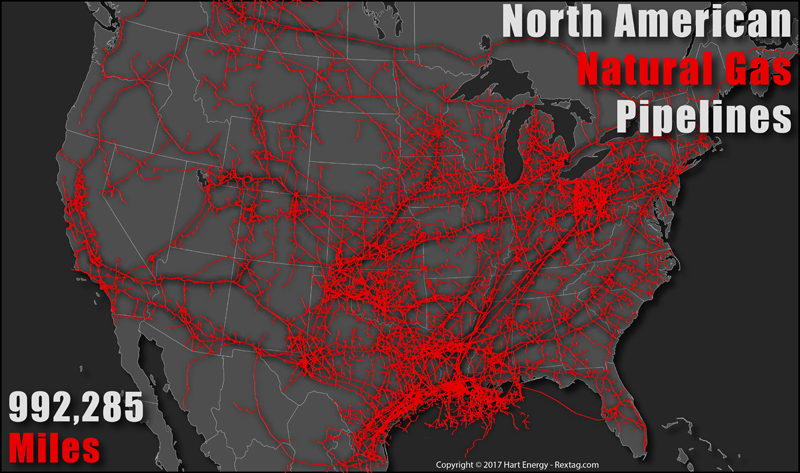Blog
Since days when shale oil and gas technologies were discovered, the U.S. energy industry has been evolving more rapidly than ever before. Many changes are amazing especially when you put them on an industry map. At Rextag not only do we keep you aware of major projects such as pipelines or LNG terminals placed in service. Even less significant news are still important to us, be it new wells drilled or processing plants put to regular maintenance.
Daily improvements often come unnoticed but you can still follow these together with us. Our main input is to “clip it” to the related map: map of crude oil refineries or that of natural gas compressor stations. Where do you get and follow your important industry news? Maybe you are subscribed to your favorite social media feeds or industry journals. Whatever your choice is, you are looking for the story. What happened? Who made it happen? WHY does this matter? (Remember, it is all about ‘What’s in It For Me’ (WIIFM) principle).
How Rextag blog helps? Here we are concerned with looking at things both CLOSELY and FROM A DISTANCE.
"Looking closely" means reflecting where exactly the object is located.
"From a distance" means helping you see a broader picture.
New power plant added in North-East? See exactly what kind of transmission lines approach it and where do they go. Are there other power plants around? GIS data do not come as a mere dot on a map. We collect so many additional data attributes: operator and owner records, physical parameters and production data. Sometimes you will be lucky to grab some specific area maps we share on our blog. Often, there is data behind it as well. Who are top midstream operators in Permian this year? What mileage falls to the share or Kinder Morgan in the San-Juan basin? Do you know? Do you want to know?
All right, then let us see WHERE things happen. Read this blog, capture the energy infrastructure mapped and stay aware with Rextag data!
Strategic Petroleum Reserves Grow as USA Adds Oil: How Long Will U.S. Oil and Gas Last?
U.S. oil and gas output is leveling off after a period of intense activity. As of March 2024, crude oil production hovered around 13.2 million barrels per day, according to the U.S. Energy Information Administration. This marked a slight increase of less than half a million barrels per day from the previous year, indicating a slowdown from the rapid growth seen in the latter half of 2023.
A Green Future: $2 Trillion Investment in Clean Energy on the Horizon for 2024
The global investment in upstream oil and gas is also set to rise by 7% in 2024 to $570 billion, continuing the growth trend from 2023. National oil companies in the Middle East and Asia primarily drive this increase. This year, the global shift toward clean energy will see investments reaching a monumental $2 trillion, according to the International Energy Agency (IEA). This amount is double what is being invested in fossil fuels. In its annual World Energy Investment report, the IEA highlights that for the first time, total energy investment will surpass $3 trillion in 2024.
US Leads Global Oil and Gas Production, US Drillers Cut Rigs Again and 1.4 Million BBL Decrease
The U.S. has overtaken Saudi Arabia and Russia to become the world's largest oil and gas producer. In 2024, America's oil output has surpassed last year's record by 1.4%, reaching new heights. Even as oil-producing countries in the Middle East cut back, the U.S. continued to ramp up production after a downturn in 2020, establishing itself as a dominant force in the global market. In terms of numbers, U.S. oil production jumped from an average of 2.93 million barrels per day in 2023 to 13.12 million barrels per day in 2024, marking a significant 7.1% increase.
Significant Rise in U.S. Crude Oil and Gasoline Inventory Levels
This week, the American Petroleum Institute (API) reported that U.S. crude oil stocks increased by 7.168 million barrels, ending February 16. This rise exceeded analysts' expectations of a 4.298 million barrel increase. Last week, the API noted an 8.52 million barrel jump in crude inventories.
Inconvenient Time for Canadian Crude: US Gulf Coast Is Glutted
Canadian heavy crude, being deeply discounted for several years due to a lack of pipelines, is eventually trading like a “North American” grade, moving in tandem with U.S. sour crudes sold on the GulfCoast thanks to Enbridge’s expansion of its 3 pipeline late last year. Meanwhile, the Gulf is full of sour crude over Washington’s largest-ever release from the Strategic Petroleum Reserve (SPR) that will amount to 180 MMbbl during six months, trying to tame exorbitant fuel prices after the Russian invasion of Ukraine. The market is flooded with millions of barrels of sour crude from storage caverns in Louisiana and Texas. At the world’s biggest heavy crude refining center, U.S. Gulf Coast, heavy grades like Mars and Poseidon are languishing. According to U.S. Energy Information Administration (EIA) data, Canada exports around 4.3 MMbbl/d to the United States, whereas until last year demand to ship crude on export pipelines increased capacity, leaving barrels bottlenecked in Hardisty.
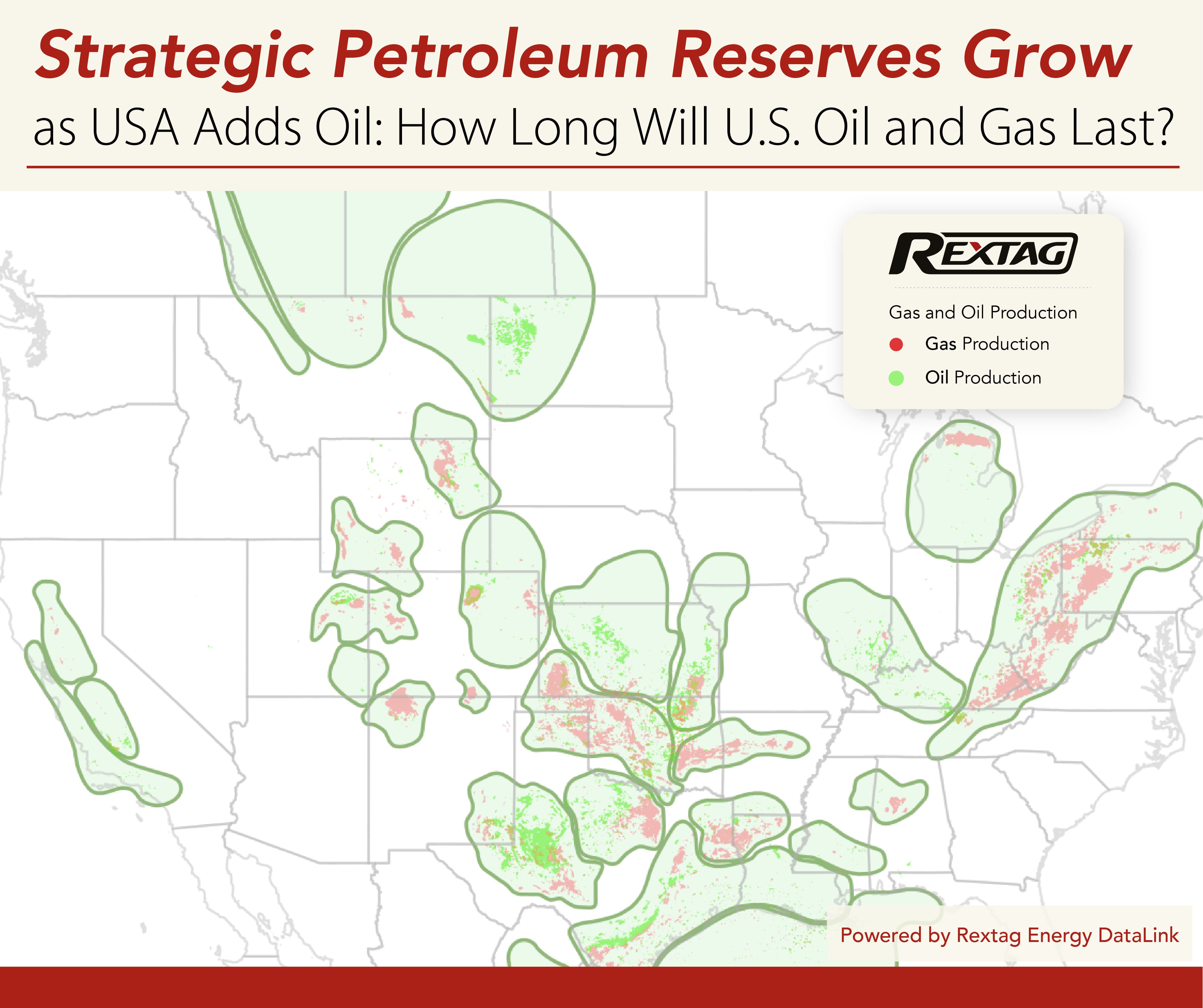
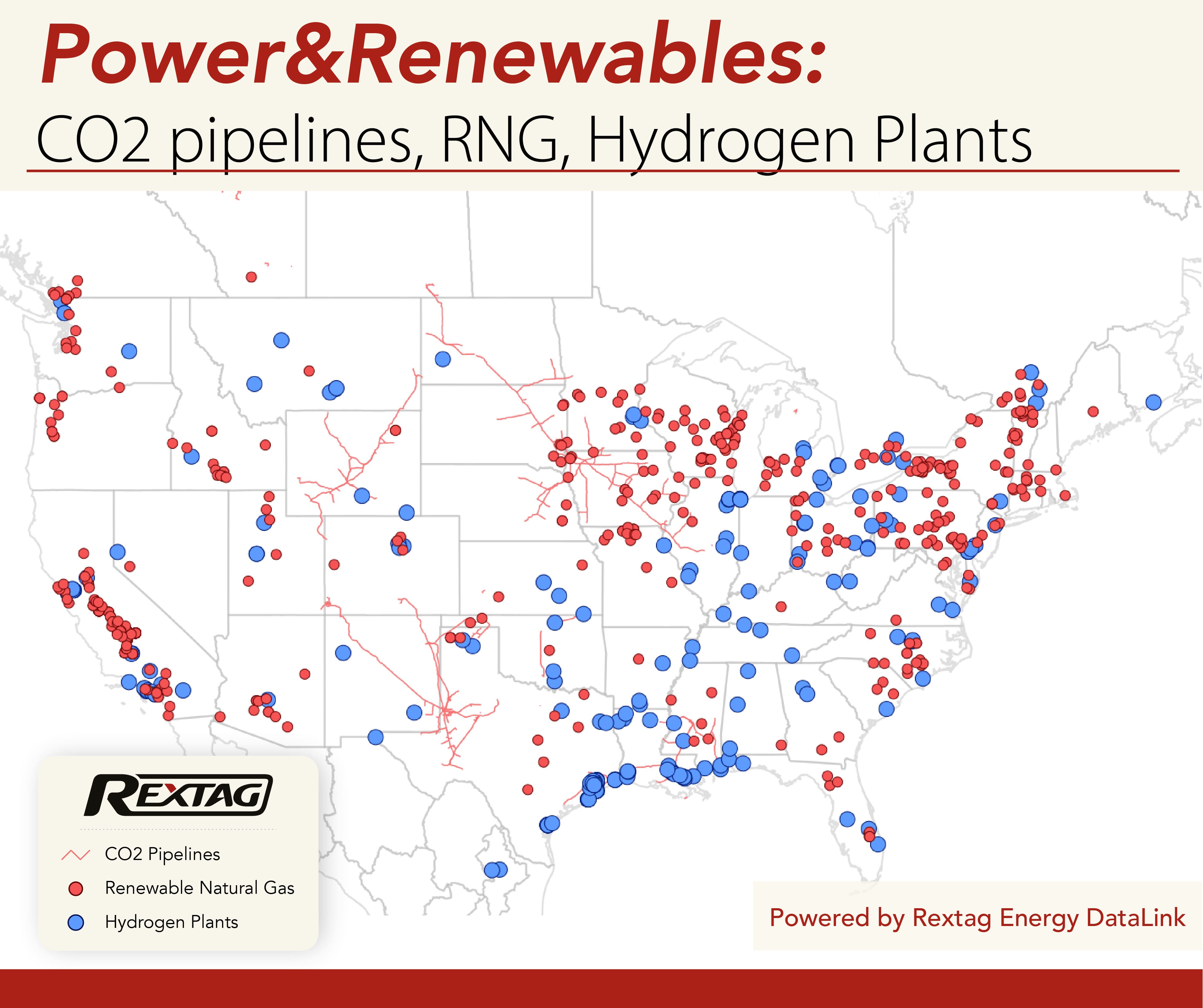
.jpg)
